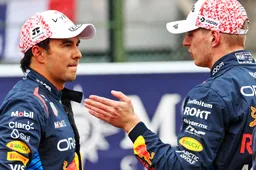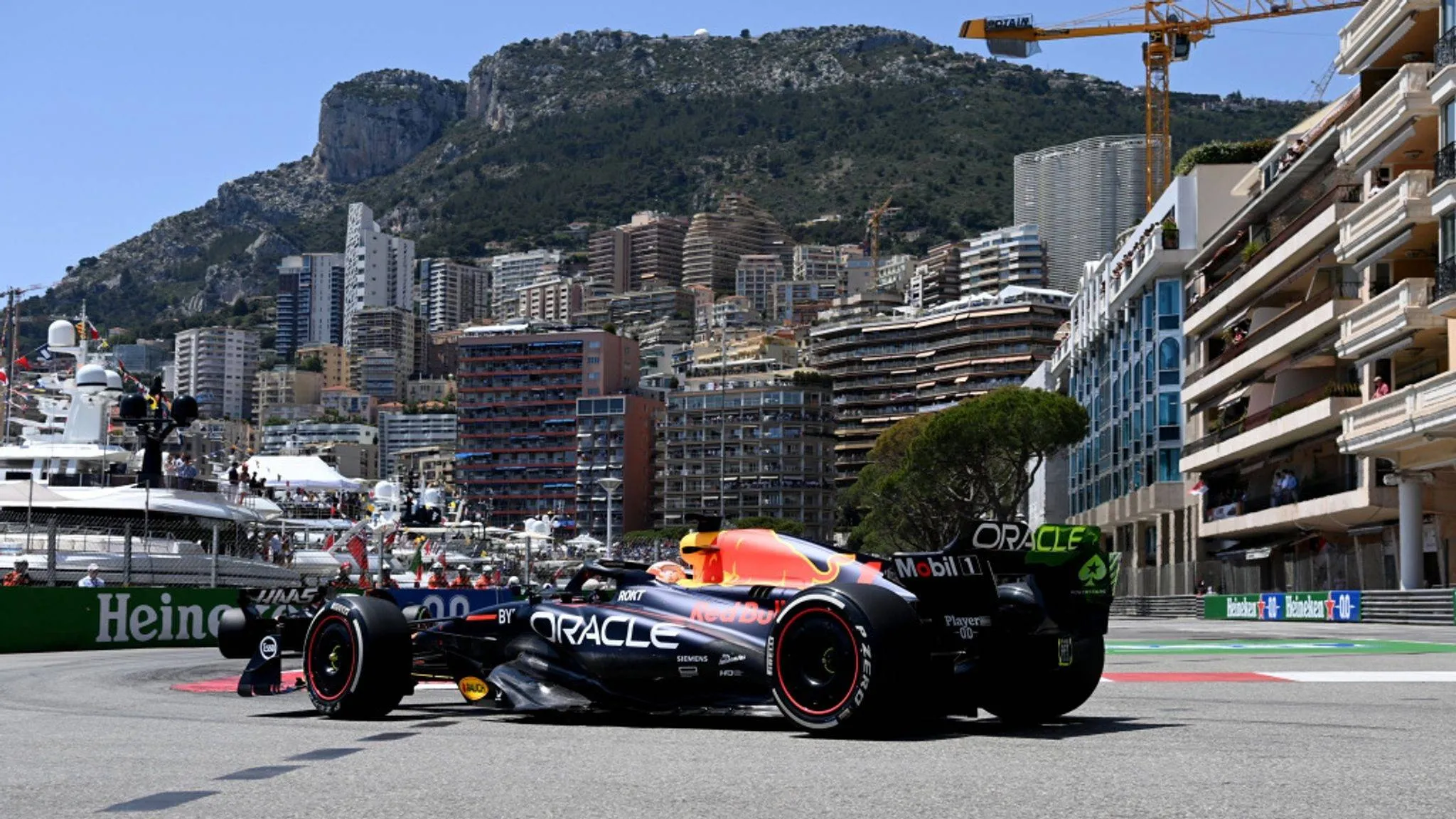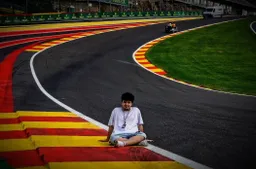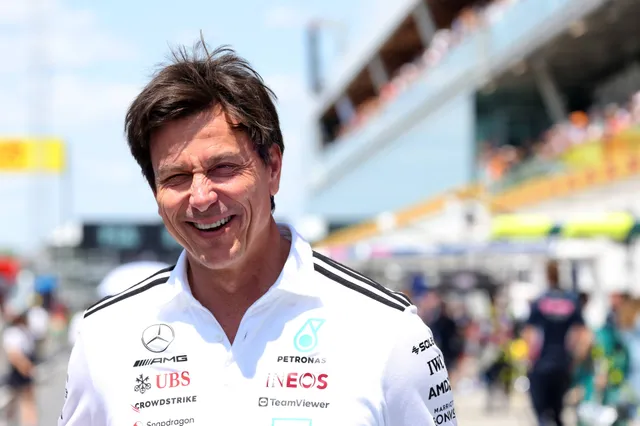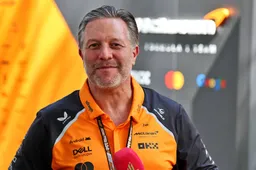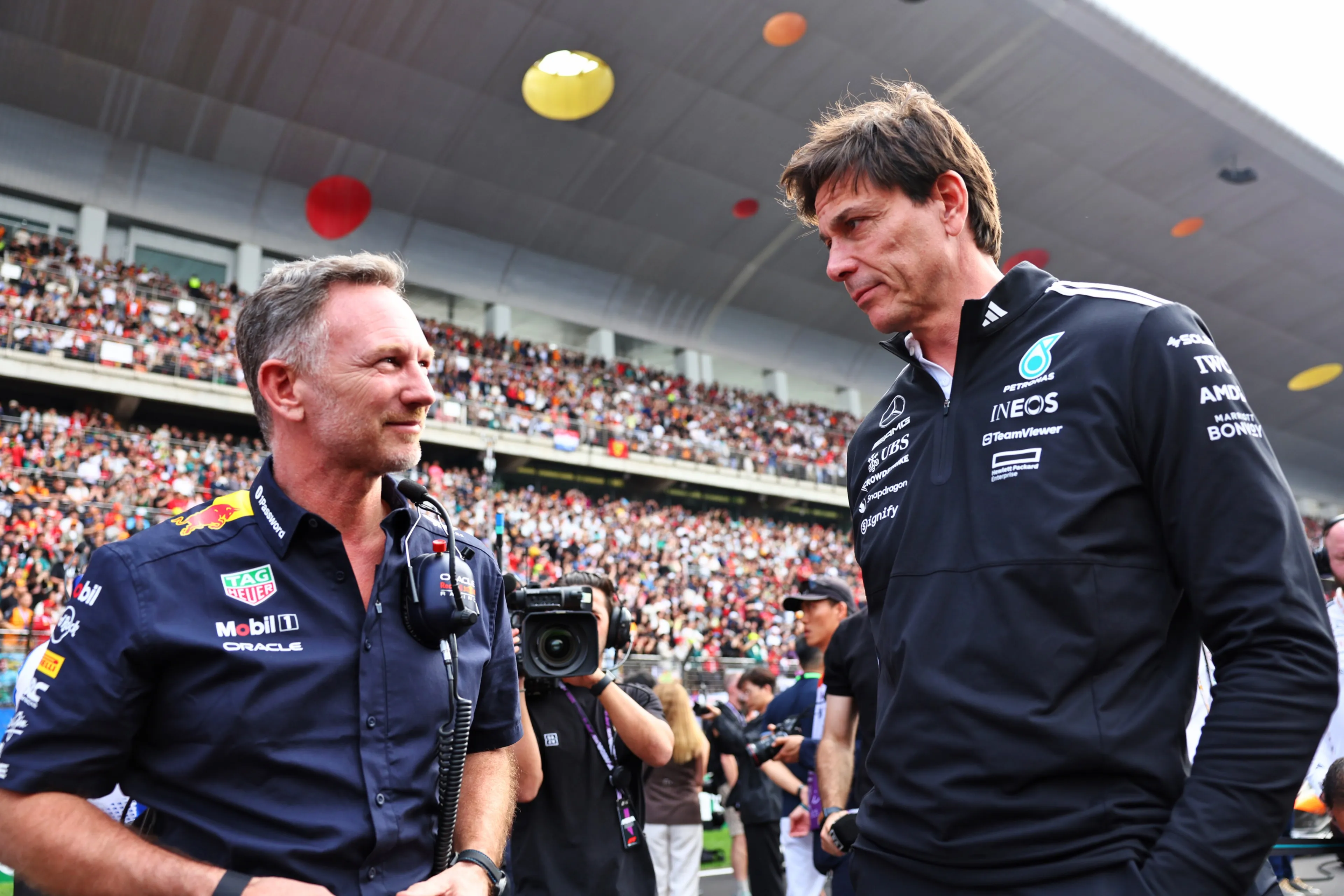Will 2026 F1 cars run with reduced engine power at these two tracks next year?
In 2026, the new F1 cars are expected to reach significantly higher top speeds than the current generation, raising some concerns within the FIA. Two circuits in particular have come under scrutiny, with safety-focused measures already being planned.
A few days ago, Toto Wolff’s comments caused quite a stir. When asked about the new 2026 technical regulations, he made a remark that drew significant attention.
''If the full power is called upon, we will scratch the 400 km/h limit,'' the Mercedes team principal stated to Auto, Motor und Sport.
The new F1 cars will be radically different from the current models, being lighter, narrower, and shorter. Most notably, their electric power will increase significantly, rising from the current 120 kilowatts to 350 kilowatts, at the expense of reduced internal combustion power.
All of this, combined with the electric boost from override mode and the new X and Z modes, is expected to propel the new cars to extreme top speeds in full-power mode, raising safety concerns.
Speeds and accelerations so extreme that, if applied to tight, twisty street circuits like Monaco, the cars would reach 350 km/h at the exit of the famous tunnel before the Nouvelle Chicane in full electric power mode, compared to the current 290 km/h.
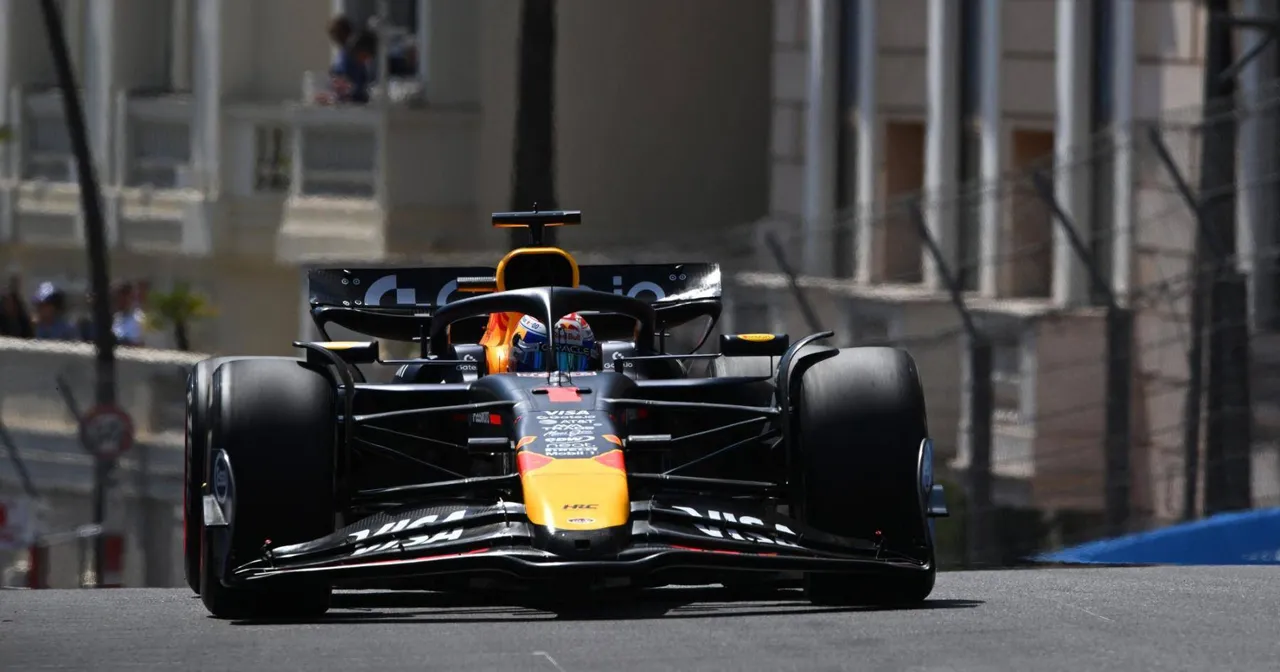
Reduced engine power in Monaco and Singapore in 2026?
Energy management will therefore become a crucial component next year, with the FIA planning to allow cars full throttle in proportion to the energy they are expected to deliver, with this proportion varying from track to track.
According to Auto Motor und Sport, on circuits like Melbourne, full throttle would be 4,630 of 5,278 meters; in Monte-Carlo, 1,388 of 3,337 meters; and in Monza, 4,218 of 5,793 meters.
At Monte-Carlo and Singapore, a mode called Rev1 is expected to be applied, specifically designed to limit the power of the power unit in order to balance performance and safety.
The electric boost will be reduced as straight-line speeds increase, preventing the cars from entering braking zones at dangerously high speeds.
Read also
Popular on GPBlog

Ecclestone warns Max Verstappen: A move to this team will end your career

Sergio Perez names the first F1 driver to congratulate him on Cadillac move

Brundle appreciated Cadillac F1 lineup: “Rookies would’ve damaged cars!”
